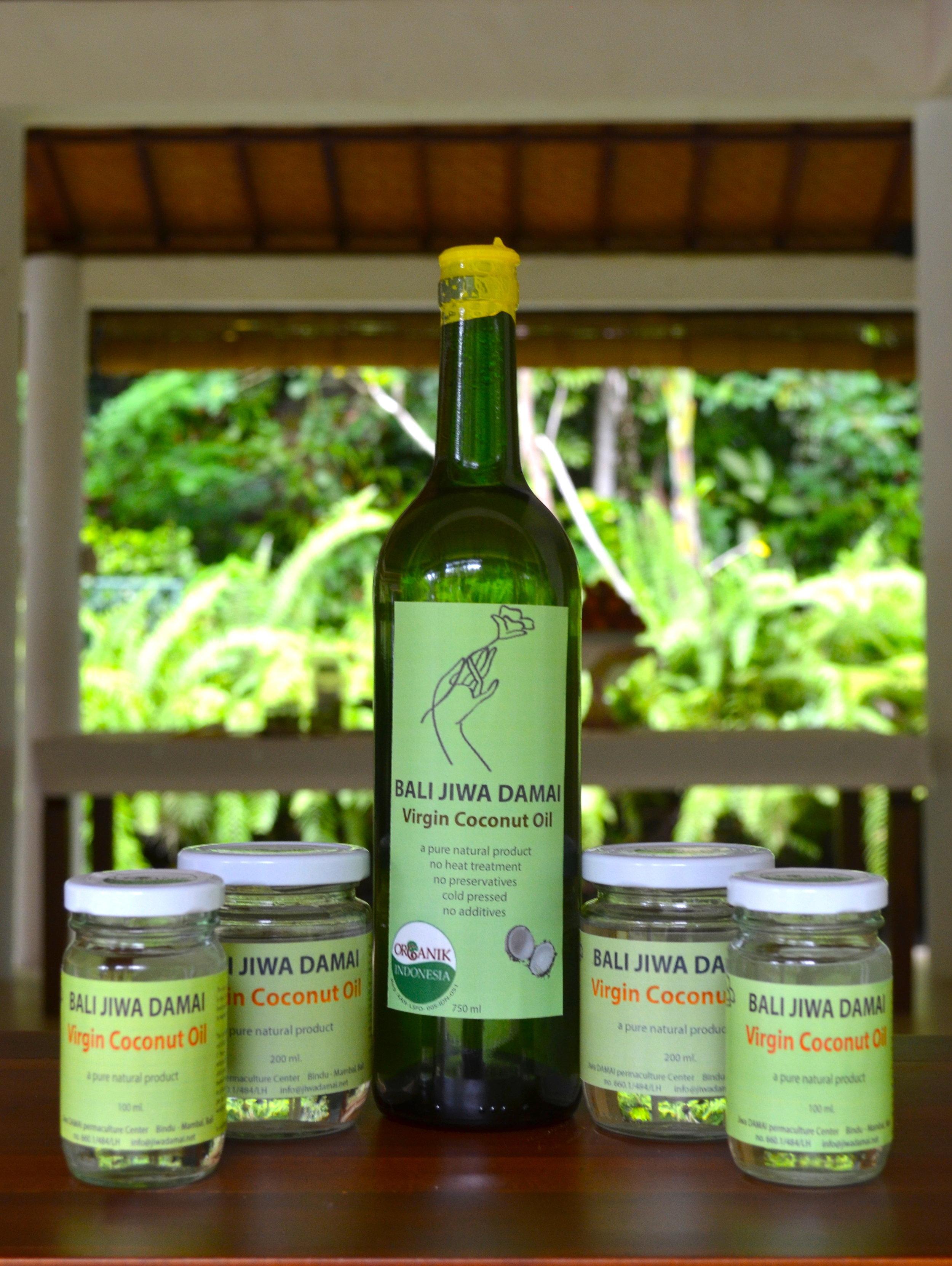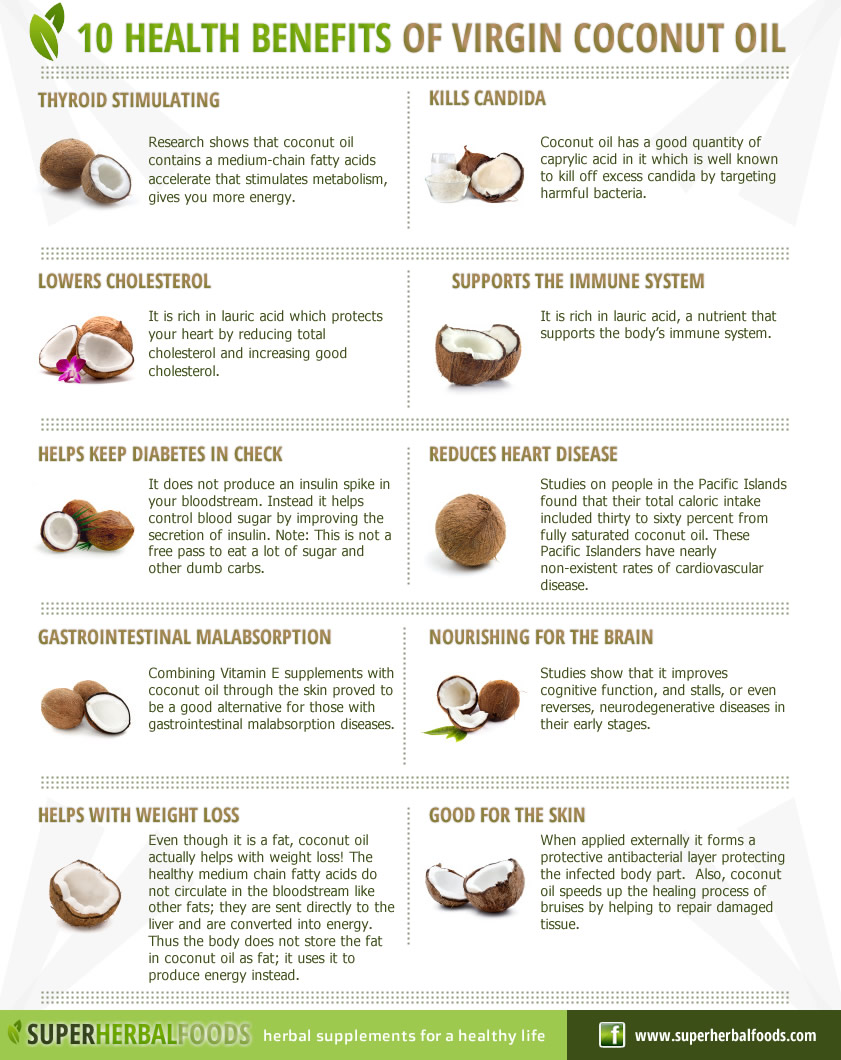Nourishment for body, mind and heart
/Nourishment for body, mind and heart
Food today has become a commodity, no longer serving its true purpose of nourishing body, mind and soul, of providing nutrients for healthy growth and renewal of our cells, tissues and body—not to mention the influence of a healthy body on the mind. Advertisement is commonly used as an enticement to convince the buyer that the foods offered consist of healthy ingredients while attractive, “make believe” packaging seduces the consumer to consume more.
Food today has become a commodity, no longer serving its true purpose of nourishing body, mind and soul, of providing nutrients for healthy growth and renewal of our cells, tissues and body—not to mention the influence of a healthy body on the mind.
Advertisement is commonly used as an enticement to convince the buyer that the foods offered consist of healthy ingredients while attractive, “make believe” packaging seduces the consumer to consume more.
Packaging contains fantastical images and untruths, promising content which no longer corresponds to true nutrition. The ingredients included in our food facilitate addictions through additives, such a sugar, and shelf life expanding chemicals, which have proven in many studies to have powerful long term side effects on our bodies, not to mention the bodies of future generations.
Shopping and consuming is sold as pleasure. The shift of the average person to these values has changed the nutritional landscape. We have reached deeply into the soil, earth and environment, needing seemingly more disruptive production methods that require powerful pesticides and fertilizers for our plants and animals.
How can we remind ourselves that food is a nutrient, a gift from a living Earth, which provides us with living food that allows us to grow from childhood into youth and develop this beautiful physical body and mind we inhabit?
As we accept this loss of true food values, we have become blinded to how manipulative and disrespectful these sales tactics are. As a result we have forgotten how to honor and respect ourselves as well.
The further we distance ourselves from real nutritional values, the more we disrespect the environment, healthy soil, healthy water, healthy air and living Earth.
We are silently agreeing to be treated as objects to be manipulated into consuming, and thus the Earth is treated the same way. The planet and its life giving gifts are distorted into money and profit, which goes hand in hand with power and control.
How can we step out of this make believe reality and mass illusion which we are being sold daily?
Can we awaken to see through all these fantasies? It is a fact that our planet earth does not need us. We, however, do depend on her for growth and evolution. Her infinite intelligence brought forth the miracle of life. Her minerals, a product of her creativity, compose our bodies. We are embedded in the envelope of her atmosphere, which allows us to breathe. The seemingly solid ground of her tectonic plates and her life giving waters provide the living space for all flora and fauna, including us humans.
As conscious individuals, we do have a choice. We can align with the life giving Earth, honor it, appreciating the gifts of abundance and at the same time honor our own miraculous existence. Earth has provided for us throughout all the various phases of her evolution. Originating from the big bang, imbued with the purpose of creating life, evolving into a planet, creating tectonic plates, seas, and ice ages, evolving over untold eons our atmosphere, she has allowed us to thrive in our present life forms as humans.
By becoming conscious of the immense processes and time spans it takes to create the gifts we are abusing today, we can adopt different values of respecting our Selves and each other, the environment, and the Earth as a living, creative being. We can realize how intimately we are connected to the wellbeing of the Earth’s environment in order to thrive and evolve.
Among her multitude of gifts are the nutrients she has provided for our wellbeing and growth of body, mind and soul.
When we take the very realistic approach of honoring the self and the Earth as living beings, we begin to see her gift of nutrition as something to honor as well.
In practical application, this approach translates into a healthy way of treating the Earth, where our food is growing with love. It is time to treat plant food with the love that is in our hearts. We need to remember to create a conducive environment for that which feeds our body mind and soul on a daily basis.
We need to recognize as consumers that our needs are being manipulated, and to become aware of our true needs. Our emerging consciousness and changing inner values will in turn manifest in the outer world as taking responsibility for ourselves and the environment.
The emphasis is to touch the earth again with our own hands, the earth out of which you and I are made. Food planted with a loving attitude and grown in an earth free of chemicals allows the soil to bring forth again its potential. Flora and fauna will thrive and flourish. The human body can be truly nourished again. Body and mind will respond to the inner change and the nutrients they receive and, as a result, will expand consciousness.
A healthy balance can be re-established in the bodily system and the cells can expand and begin to live their potential. We are what we eat and what we think. Change of values, attitudes and nutrition will allow for a leap in consciousness on a physical and soul level.

















